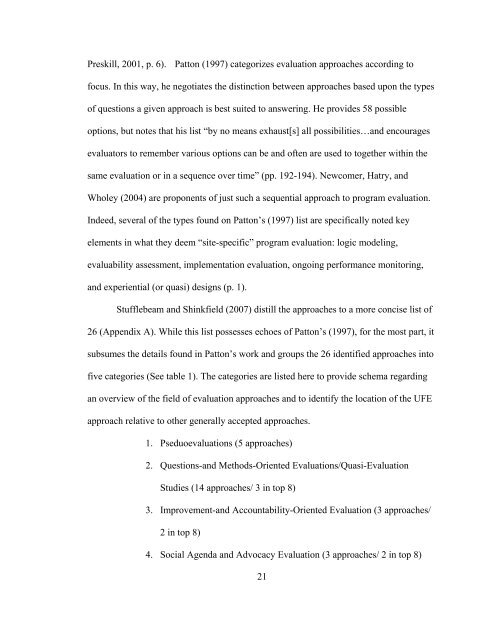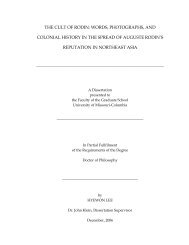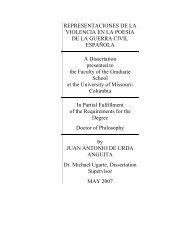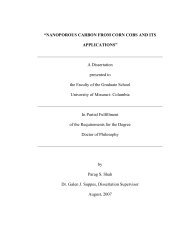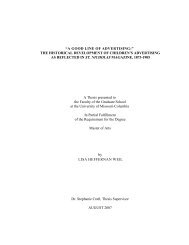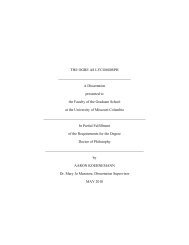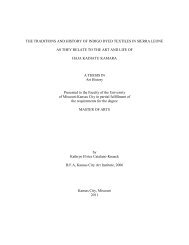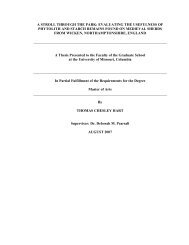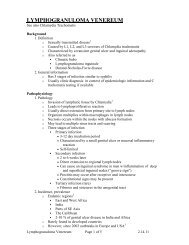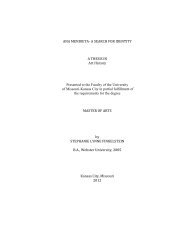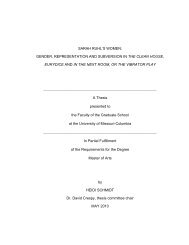Social Construction of Reality - Bad Request
Social Construction of Reality - Bad Request
Social Construction of Reality - Bad Request
Create successful ePaper yourself
Turn your PDF publications into a flip-book with our unique Google optimized e-Paper software.
Preskill, 2001, p. 6). Patton (1997) categorizes evaluation approaches according to<br />
focus. In this way, he negotiates the distinction between approaches based upon the types<br />
<strong>of</strong> questions a given approach is best suited to answering. He provides 58 possible<br />
options, but notes that his list “by no means exhaust[s] all possibilities…and encourages<br />
evaluators to remember various options can be and <strong>of</strong>ten are used to together within the<br />
same evaluation or in a sequence over time” (pp. 192-194). Newcomer, Hatry, and<br />
Wholey (2004) are proponents <strong>of</strong> just such a sequential approach to program evaluation.<br />
Indeed, several <strong>of</strong> the types found on Patton’s (1997) list are specifically noted key<br />
elements in what they deem “site-specific” program evaluation: logic modeling,<br />
evaluability assessment, implementation evaluation, ongoing performance monitoring,<br />
and experiential (or quasi) designs (p. 1).<br />
Stufflebeam and Shinkfield (2007) distill the approaches to a more concise list <strong>of</strong><br />
26 (Appendix A). While this list possesses echoes <strong>of</strong> Patton’s (1997), for the most part, it<br />
subsumes the details found in Patton’s work and groups the 26 identified approaches into<br />
five categories (See table 1). The categories are listed here to provide schema regarding<br />
an overview <strong>of</strong> the field <strong>of</strong> evaluation approaches and to identify the location <strong>of</strong> the UFE<br />
approach relative to other generally accepted approaches.<br />
1. Pseduoevaluations (5 approaches)<br />
2. Questions-and Methods-Oriented Evaluations/Quasi-Evaluation<br />
Studies (14 approaches/ 3 in top 8)<br />
3. Improvement-and Accountability-Oriented Evaluation (3 approaches/<br />
2 in top 8)<br />
4. <strong>Social</strong> Agenda and Advocacy Evaluation (3 approaches/ 2 in top 8)<br />
21


